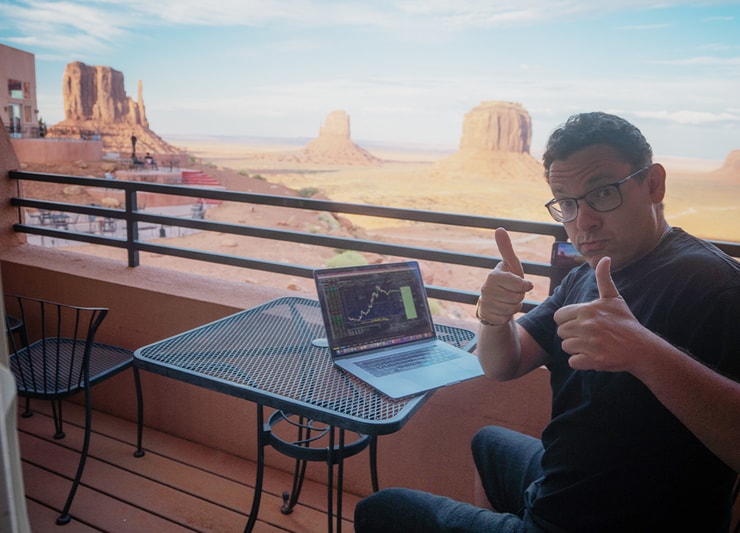It’s Tim Sykes here.
On Friday, November 22, I snagged a 19% profit from Palladyne AI Corp. (NASDAQ: PDYN) using a very specific trade pattern.
See my notes below:

And on Monday, November 25, I used the exact same pattern to snag 42% from ZenaTech Inc. (NASDAQ: ZENA). Take a look:

We’re likely to see another opportunity like this soon! These patterns repeat in the market.
In today’s blog post, I’ll show you my positions overlaid on each of the charts.
The more times that you see these trades, the quicker you’ll be able to use these patterns to grow your account.
Pay attention and take notes!
The #1 Setup Right Now

2025 Millionaire Media, LLCTo the untrained eye, PDYN and ZENA might not look similar.
By the end of this blog, you’ll realize the similarities they share and how traders can play this price action for a profit.
Take a look at the charts below to test yourself before seeing my positions.
Can you spot the similarities??
Here’s PDYN, every candle represents one trading minute:

Here’s ZENA:

Now, the first thing that you have to understand is … Both of these stocks have a low float and a reason to spike higher:
- PDYN only has 16 million shares in the float and announced an expanded partnership with Red Cat Holdings along with Red Cat’s ‘Teal Drones’.
- ZENA only has 1.1 million shares in the float and announced that it signed new supply-chain partners to sell to U.S. defense branches and NATO forces.
The low float (low supply of shares) ensures volatility. When demand increases, the low supply will help prices spike higher.
And the demand will increase when these stocks announce bullish news …
Sometimes I see new students trying to apply my patterns to the wrong stocks.
Make sure that you’re watching spikers with a low float and recent news to help propel share prices higher.
My Positions

2025 Millionaire Media, LLCOn both of these charts, we see:
- The stocks spike in the morning.
- The prices consolidate intraday.
- There’s a breakout to new highs.
- Then the price consolidates again above the morning spike.
- And then the stock shoots higher still.
My goal is to buy shares on the second consolidation (above the morning spike) and hold shares into the push higher.
>> This Is Where You Can Find The Entire Pattern I’m Using <<
Take a look at my positions overlaid on the charts below. Every candle represents one trading minute:


The price action doesn’t look 100% the same, but the underlying pattern is undeniable.
This pattern will repeat in the market!
Study this price action and make sure that you’re ready for the next low-float runner with news.
Cheers.
*Past performance does not indicate future results








Leave a reply